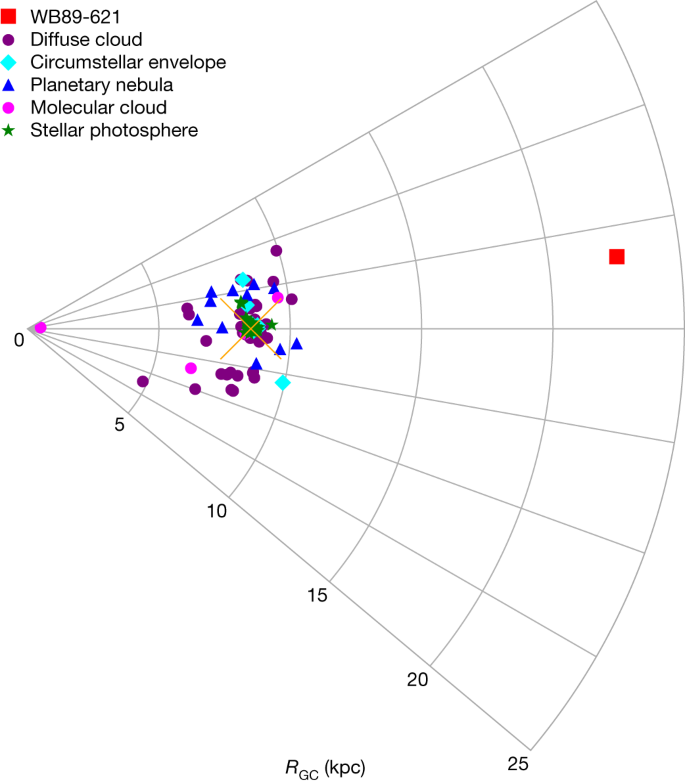2023-11-28 パデュー大学
◆微生物叢の変化は時間の経過とともに緩やかになり、特定の細菌が異なる研究地域で類似していることが発見されました。研究は、豚の産業が生産性を向上させ、環境への影響を減らすために微生物叢を制御する可能性があると指摘しています。頻繁な微生物叢のサンプリングが重要であり、これにより一時的な変化ではなく一般的な傾向を把握できます。
<関連情報>
- https://www.purdue.edu/newsroom/releases/2023/Q4/combined-microbiome-datasets-yield-accurate-prediction-of-animal-ages.html
- https://journals.asm.org/doi/10.1128/spectrum.01722-23
メタアナリシスにより、商業用豚における腸内細菌叢の予測可能な動的発達が明らかになった。 Meta-analysis reveals the predictable dynamic development of the gut microbiota in commercial pigs
Wenxuan Dong, Nicole Ricker, Devin B. Holman, Timothy A. Johnson
Microbiology Spectrum Published:10 October 2023
DOI:https://doi.org/10.1128/spectrum.01722-23

ABSTRACT
Understanding the mechanisms of microbiome assembly during host development is crucial for successful modulation of the gut microbiome to improve host health and growth. However, results from previous microbial intervention studies to improve swine growth have largely been inconsistent due to the constantly changing nature of the gut microbiota and limited longitudinal sampling. Detailed characterization of the swine gut microbiota through meta-analysis allows us to understand the dynamics of microbial community succession, as well as the transient and natural variations between time points and animals. A total of 3,313 fecal microbial communities from over 349 pigs covering 60 time points (from birth to market age) from 14 publications were included in this meta-analysis. Despite differences in animal breeds and management, generalizable patterns of community assembly were identified. Alpha diversity continuously increased during early stages of animal growth and more slowly in the later stages. Beta regression analysis revealed that more microbial taxa were enriched, while fewer were excluded by the gut microbiota. The microbial community structure also changed significantly between days at early ages and became more similar as pigs aged, as revealed by dissimilarity and distance metrics. Dirichlet multinomial mixtures analysis supported gradient microbial clustering in longitudinal pig fecal samples, and we found that the early samples spread to more clusters than those from older pigs. Random forest regression identified 30 operational taxonomic units as potential microbial biomarkers for modeling swine gut microbiota development. External validation showed this model could be generalized to future microbiome studies conducted in suckling and weaning pigs and adds to the toolkit to quantify community succession.
IMPORTANCE
The swine gut microbiome undergoes an age-dependent assembly pattern with a developmental phase at early ages and a stabilization phase at later ages. Shorter time intervals and a wider range of data sources provided a clearer understanding of the gut microbiota colonization and succession and their associations with pig growth and development. The rapidly changing microbiota of suckling and weaning pigs implies potential time targets for growth and health regulation through gut microbiota manipulation. Since swine gut microbiota development is predictable, swine microbiota age can be calculated and compared between animal treatment groups rather than relying only on static time-matched comparisons.



